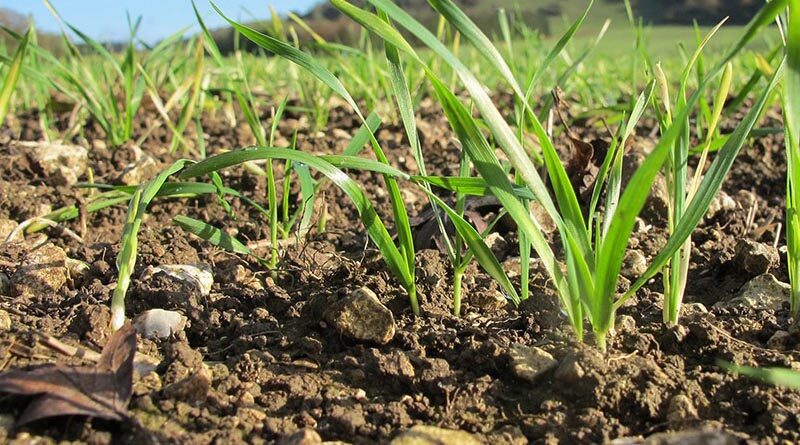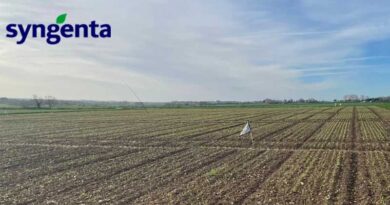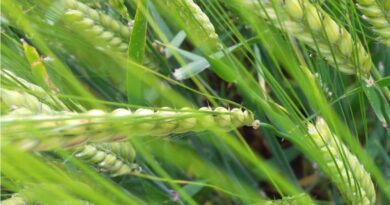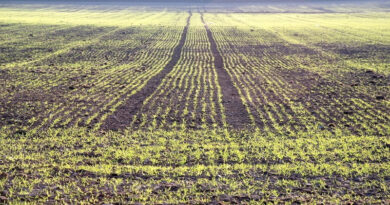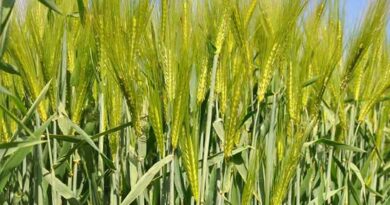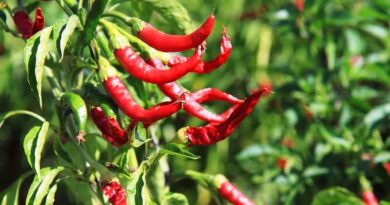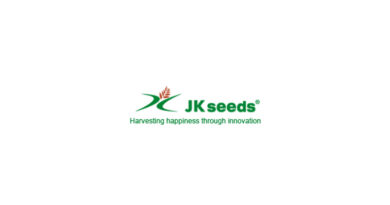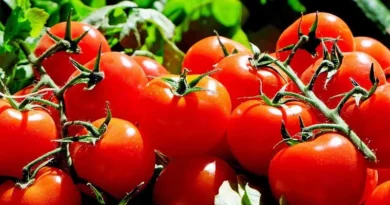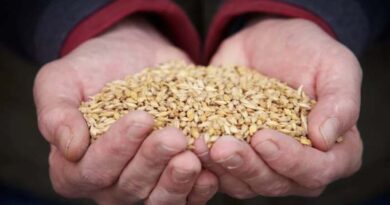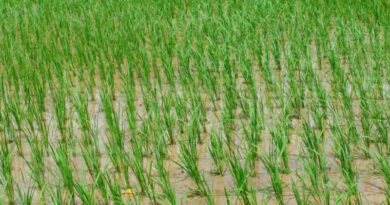Planning to adapt to the 2022 season in Scotland
11 April 2022, Scotland: Spring is well and truly here, and spring barley drilling is well underway with many first nitrogen applications already applied. With current buoyant prices, particularly for malting crops, it’s worth understanding potential risks to the crop, in order to plan for a successful season.
Late drilled crops are generally less susceptible to diseases such as brown rust, Rhynchosporium and net blotch, however they can have a higher lodging risk associated with them. One MODDUS application, between GS30-32 will give the crop a good foundation and strengthen straw early on. In very high-risk areas, a follow up ethephon based application may be needed to reduce height and the risk of lodging later in the season. Drought stress slows the growth of the crop and acts as a natural PGR, these conditions are often exacerbated on light soils. In these situations, rates and timings can be adjusted to the season. PGRs should only be applied to actively growing crops.
LOCATION and WEATHER:
- Rhynchosporium favours cool, wet conditions throughout spring and is often more prevalent in the North of England and Scotland.
- The whole of the country is at moderate risk from net blotch, which prefers wet and humid conditions. It can be transferred by trash and on infected seed, so care should be taken with farm saved seed.
- Brown rust likes warm temperatures, between 15 and 22 degrees and as such is less common in Scotland.
- Ramularia is a late season disease, which often appears after the last fungicide application has been made. Varietal resistance is unclear, and there are no official ratings available for spring barley. It is a problematic disease across Scotland and Northern England.
VARIETY RESISTANCE
All varieties on the AHDB RL 2022 have high resistance to mildew but are varied in their resistance to brown rust and Rhynchosporium. LAUREATE has good overall resistance to each of these diseases with a long track record of high untreated yields, making it a solid performer on farm. Some of the newer varieties have weaknesses to key diseases, so understanding these with in-season monitoring will help fungicide planning and applications.
An early application of cyprodinil at the T1 timing in mixture with other modes of action is effective at reducing levels of both Rhynchosporium and net blotch in the crop. Prothioconazole remains the standard triazole for optimum Rhynchosporium control and the cornerstone to any barley fungicide programme. For broad spectrum control, an SDHI + triazole combination such as ELATUS Era, would suit at either T1 or T2, and will give superior control of brown rust. Where a robust fungicide programme has been applied, the added benefit is the reduction in brackling risk due to increased cell strength in the canopy structure.
Ramularia is a late season disease, with symptoms often appearing after the last fungicide application has been made. Folpet, is a multi-site fungicide, and gives a useful reduction. Ramularia is best controlled as part of a full fungicide programme maintaining healthy plants, with folpet applied at GS45 giving best activity. Where very high Ramularia pressure is expected, trials have shown that two applications of folpet at the T1 and T2 timings gives improved control of disease. It is also key to reduce crop stress through the growing season to minimise expression of disease symptoms.
Keeping your spring barley crop clean and standing will protect both yield and grain quality, giving it the best chance to achieve optimum yield for feed crops and premiums for malting crops.

